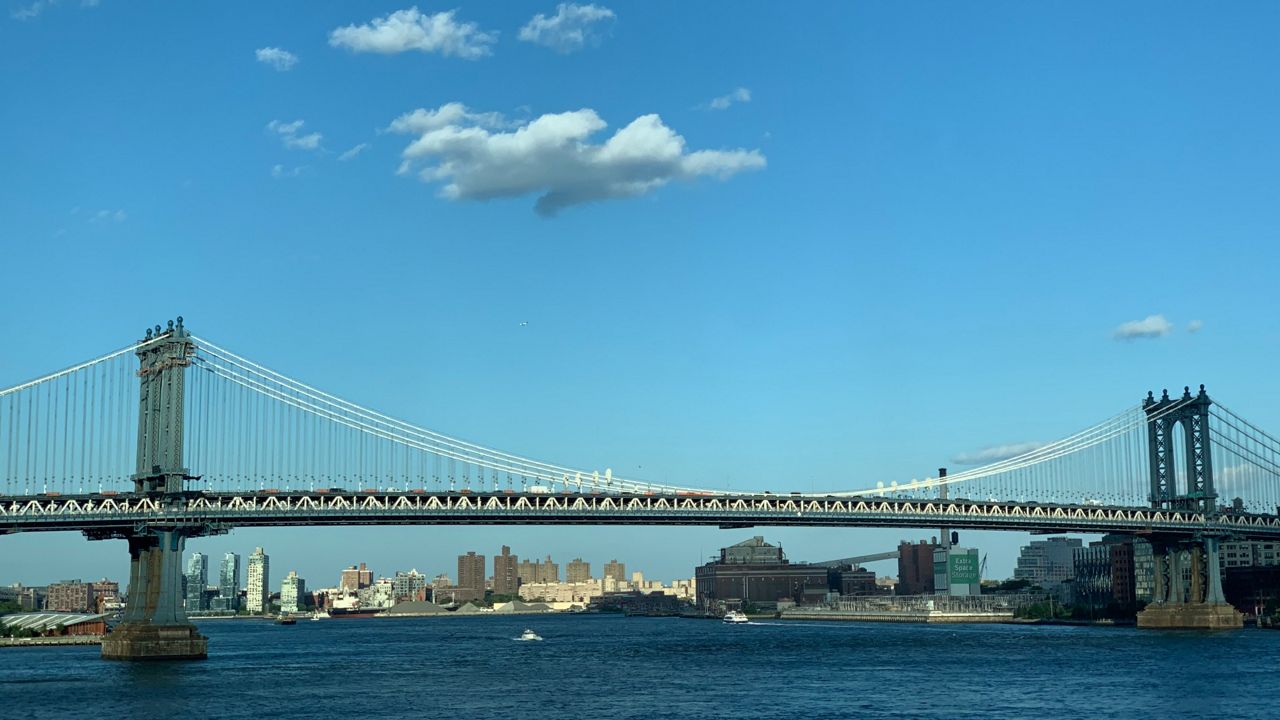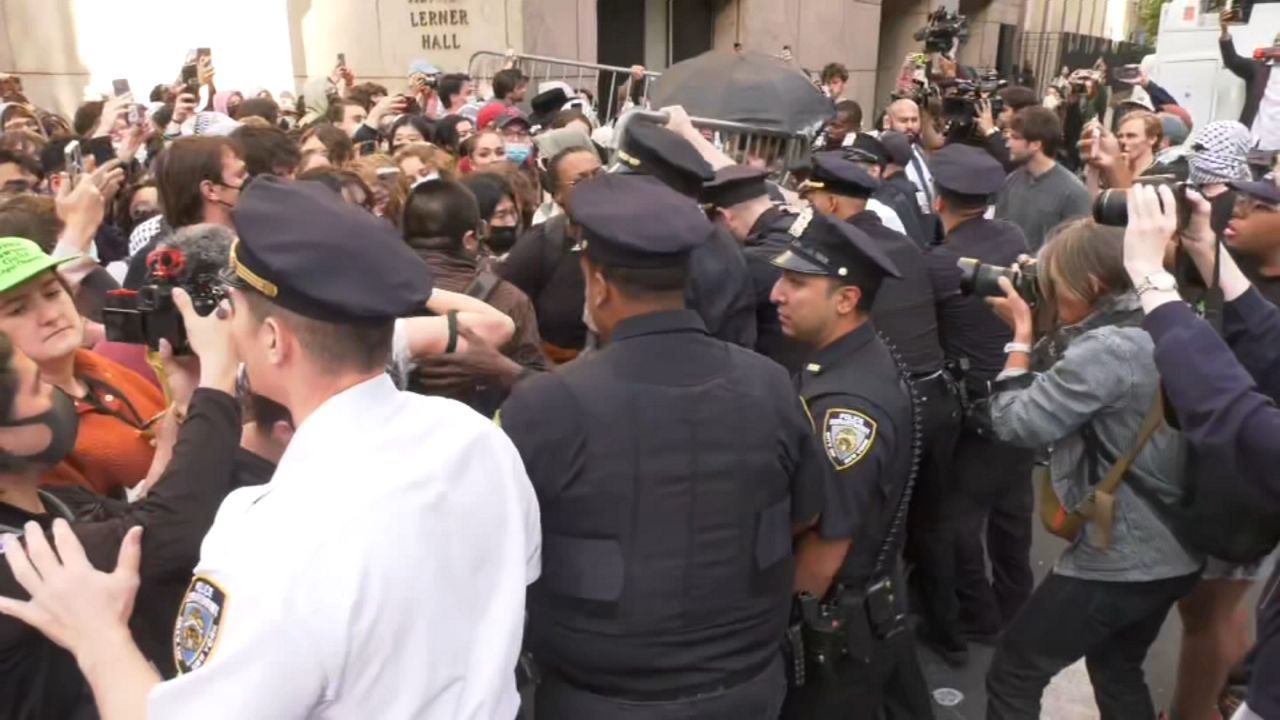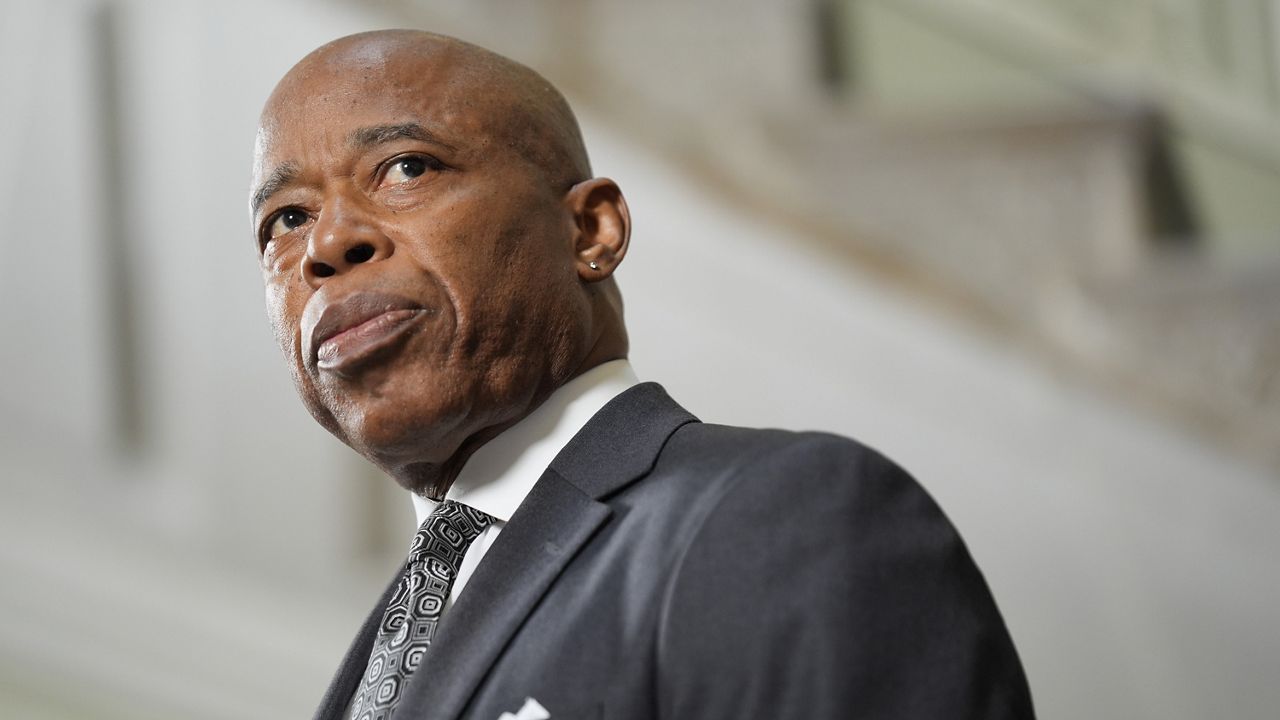The fur machines sat in the basement, gathering dust for decades.
But they are whirling again at the High School of Fashion Industries thanks to some of the city's aging furriers who want to train a new generation in their craft.
The principal, Daryl Blank, says he was surprised when the furriers approached him.
“It just wasn't on the radar of me or the school, so when they came to us it was like, ‘Wow, this still exists even?’” Blank says. “So, just again, any industry partner that is willing to teach our students skills and get them internships and opportunities, we're pleased to have them."
Students choosing to study the design and manufacture of fur clothing and accessories meet four hours a week over three semesters, learning from a Fashion Industries teacher and two furriers, including Costa Dounis, a 1960 graduate.
"We subsidize all the materials that are brought into the program,” says John Petkanas, president of Fur New York. “As far as the fur, different furs from different donations that come through the country and also through companies that donate on their own behalf."
The public school, located on West 24th St., is just south of the city's old Fur District, once home to more than 450 fur businesses. Due partly to competition from overseas, only 130 remain, employing 1,100 people, many of them nearing retirement.
Abigail Rodriguez, a student at the high school, says she was intrigued when she heard about the course. Three years later, she's making a mink coat.
"I feel like a little luxurious,” she says. “I sometimes put it on when I'm having a bad day."
Clothing with fur has been appearing more often on the runways, despite the objections of the animal rights movement. The principal says he's surprised the controversy has not traveled to the school.
"No student has ever come to me, no family member has ever come to me,” said Blanks. “So mostly they are just very thankful that they are providing opportunities to students. Personally, I thought that would be something that has come up, but it never has."
A mural in the auditorium painted in 1940 celebrates fur as one of the needlecraft industries. The school was then called the “Central Needle Trades High School,” and was considered a place where students could learn to become professional furriers.
But now that fur makes something of a comeback, so has fur instruction.









